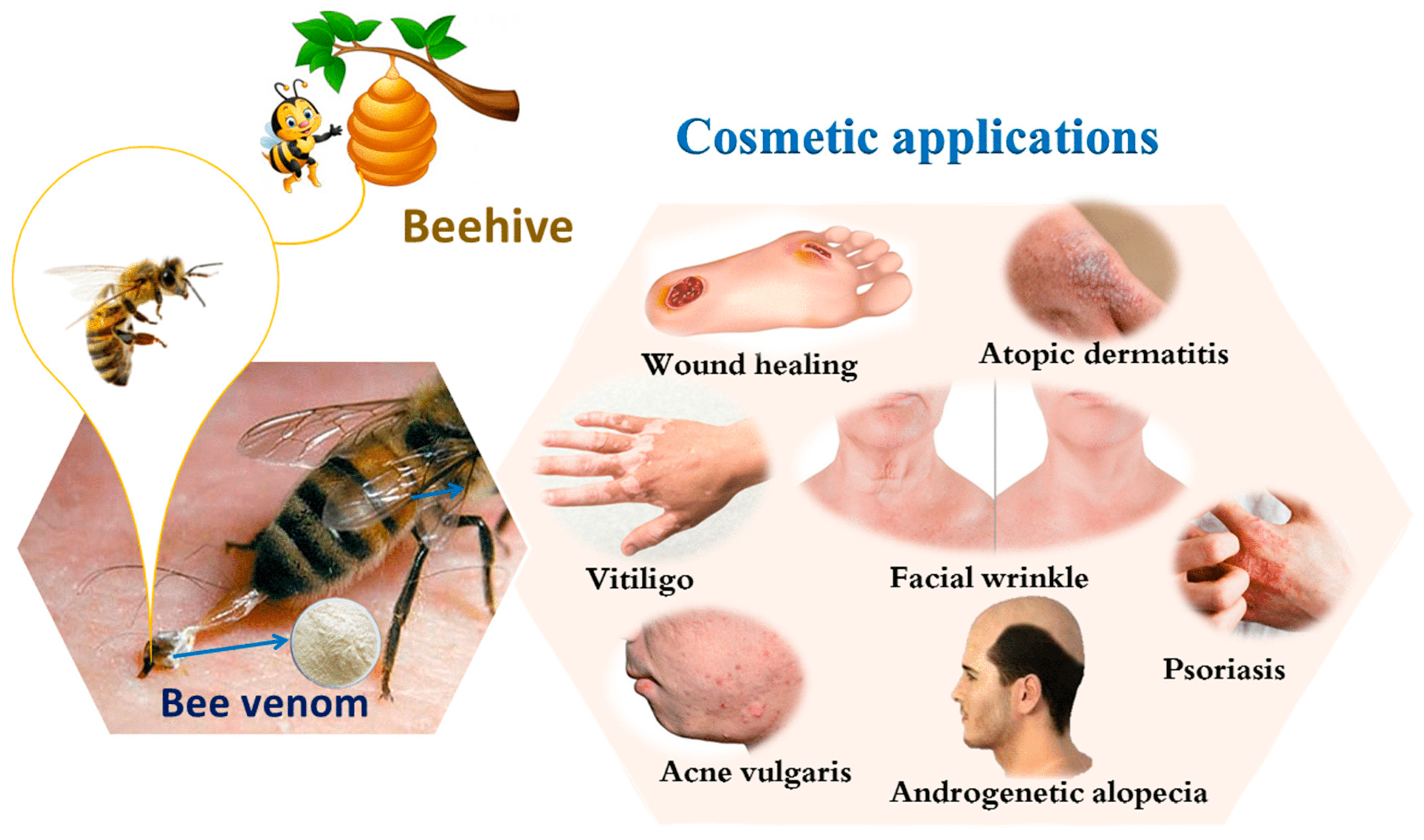Methods of Bee Venom Clinical Testing
Bee venom clinical testing involves several methods to detect sensitivity, allergic reactions, and immune responses. These tests help doctors diagnose bee venom allergies, assess treatment effectiveness, and guide immunotherapy decisions. Since bee venom can trigger severe allergic reactions, medical professionals conduct these tests in controlled environments.
Common Methods of Bee Venom Clinical Testing
- Enzyme-Linked Immunosorbent Assay (ELISA): ELISA is a laboratory-based test that identifies bee venom proteins in a sample using specialized antibodies. This method provides highly accurate results and helps measure immune responses in individuals suspected of having bee venom allergies.
- Radioallergosorbent Test (RAST): RAST is a blood test that detects specific antibodies (IgE) related to bee venom. Doctors use this test to evaluate whether an individual has developed an allergic reaction to bee stings. It is a reliable method for confirming bee venom hypersensitivity.
- Intradermal Skin Test: In this procedure, a small dose of bee venom is injected under the skin, usually on the forearm. Doctors observe the skin’s reaction, such as redness or swelling, to determine allergic sensitivity. This test helps identify moderate to severe allergic reactions.
- Patch Test: A patch containing a tiny amount of bee venom is placed on the skin and left for 24–48 hours. If a reaction occurs, such as itching or inflammation, it indicates sensitivity to bee venom. This test is less invasive than the intradermal method.
- Oral Challenge Test: In this approach, a controlled dose of bee venom is administered orally. Doctors closely monitor the patient’s response, ensuring safety during the test. This method is used only in highly controlled environments due to the risk of severe reactions.
Safety and Precautions
Since bee venom can cause severe allergic reactions, only trained medical professionals should conduct these tests. Immediate medical intervention must be available to manage potential anaphylactic responses.
Conclusion
Bee venom clinical testing is essential for diagnosing allergies and determining safe exposure levels. With multiple testing options available, doctors can choose the most appropriate method based on individual needs. Proper diagnosis ensures effective treatment and helps minimize the risks associated with bee venom exposure.








Leave A Comment